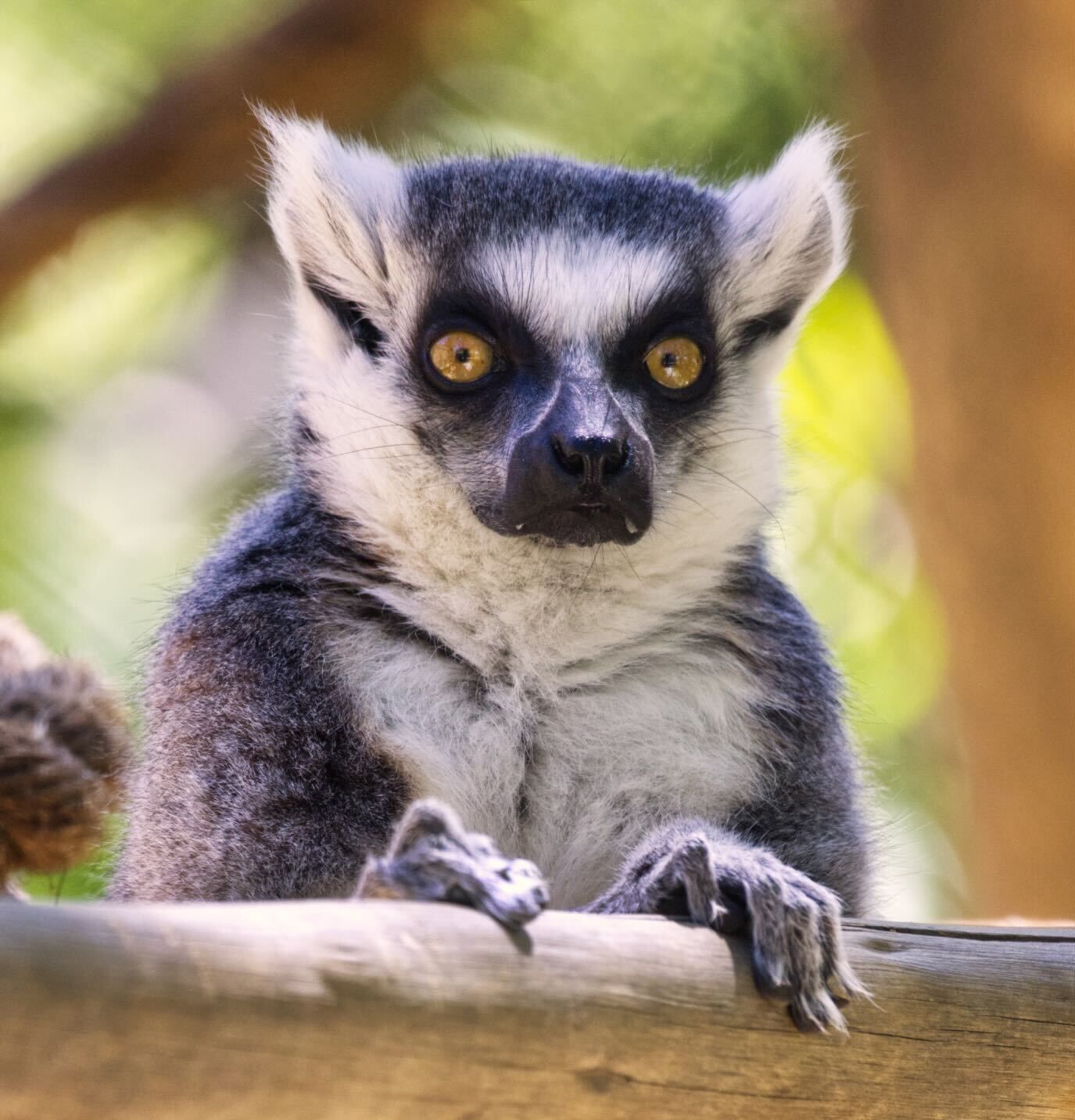- Understanding the unique characteristics and behaviors of ring-tailed lemurs and thick-billed parrots
- The importance of collaborative zoo management and wildlife conservation efforts
- Strategies for engaging the public in conservation initiatives
- The role of zoos in preserving endangered species and biodiversity
- Highlighting the connection between zoos, education, and wildlife conservation
This weekend marks an exciting opportunity to delve into the captivating world of ring-tailed lemurs and thick-billed parrots. If you’ve been looking for an outing with a touch of wildlife magic, visiting our zoo’s habitats will be a thrilling experience. These species, although shared in their appeal to visitors, offer very distinct profiles in terms of their biology and the conservation challenges they face.
Understanding the unique characteristics and behaviors of these species is essential for appreciating their roles in their ecosystems. The ring-tailed lemur (Lemur catta) is one of the most recognizable prosimians with its striking tail of contrasting black and white stripes. Found exclusively on the island of Madagascar, these lemurs are highly social creatures, living in matriarchal groups often comprising up to 30 individuals. Their behavior, marked by sunning rituals and complex vocalizations, reflects their adaptation to Madagascar’s diverse and often harsh environment.
In contrast, the thick-billed parrot (Rhynchopsitta pachyrhyncha) is a robust bird endemic to the pine forests of northern Mexico. As one of the only two parrot species originally native to the United States, they exhibit spectacular social behavior and are known for their powerful flocks. These parrots rely on their strong beaks, adapted for breaking tough seeds, highlighting their essential role in their ecosystem as seed dispersers. They are not only vital to their natural habitats’ health but also represent unique evolutionary paths among avian species.
The collaborative efforts of zoo management and wildlife conservation are crucial in maintaining healthy populations of these species. Zoos have transitioned from merely exhibiting animals to actively participating in conservation initiatives. This involves breeding programs, reintroduction efforts, and habitat restoration projects. Collaborative programs often connect zoos, academic institutions, and conservation organizations globally to ensure these species survive outside of their threatened habitats. An integrated approach that combines field research, management strategies, and animal welfare standards is fundamental to conserving biodiversity.
Strategies for engaging the public in conservation initiatives are indispensable for raising awareness and support. Zoos play a pivotal role in educating visitors about the plight of species like the ring-tailed lemur and thick-billed parrot. By creating immersive experiences and interactive exhibits, zoos can inspire a proactive stance toward conservation among visitors. Educational programs, presentations, and volunteer opportunities are tailored to foster a sense of responsibility and connection with wildlife. Public engagement translates to increased support for conservation funding and policy changes crucial for protecting endangered species.
The role of zoos in preserving endangered species and biodiversity extends beyond mere animal exhibits. They serve as vital genetic reservoirs, with breeding programs aimed at increasing population numbers of critically endangered species. The captive environments of zoos provide controlled settings for research that would be otherwise impossible in the wild, offering insights into reproductive biology, nutrition, and disease management. For species like the thick-billed parrot, zoo-based programs aim to eventually reintroduce individuals into their natural habitats, thereby strengthening wild populations and promoting genetic diversity.
Highlighting the connection between zoos, education, and wildlife conservation underscores the symbiotic relationship between these institutions and broader ecological efforts. Zoos function as dynamic hubs for learning, where visitors can gain firsthand knowledge about diverse species and their natural histories. This educational role empowers people with the knowledge needed to make informed decisions about conservation practices. Moreover, zoos collaborate with schools and universities to develop curriculum-based programs that broaden awareness and inspire future generations of conservationists and scientists.
As you prepare to explore our ring-tailed lemur troop and the thick-billed parrot habitat, consider the intricate tapestry of conservation efforts that support such encounters. These experiences are a testament to the enduring dedication of zoos to preserving our planet’s rich biodiversity. By understanding the challenges faced by these species and supporting zoo initiatives, we contribute to a global effort to maintain the delicate balance of our ecosystems.
*****
Source Description
Bright-eyed and bushy-tailed, looking forward to the new month!
This weekend, stop by and visit our ring-tailed lemur troop. You can find them just next door to our thick-billed parrot habitat!


